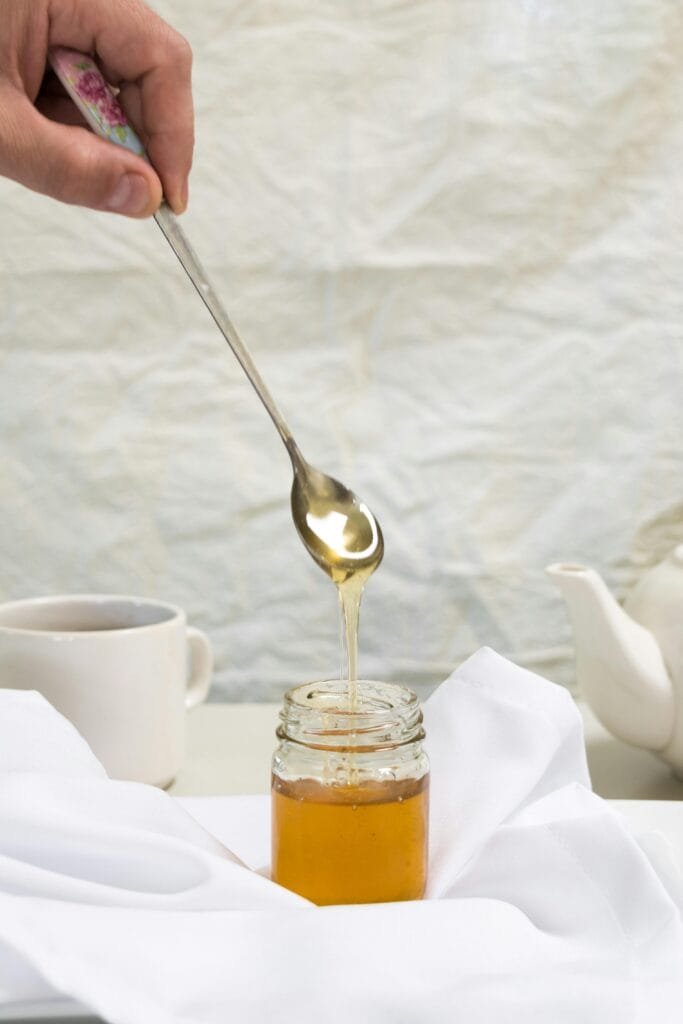
When you think about sugar, it’s easy to get caught up in the idea that it’s either “good” or “bad.” But sugar is more complex than that! In Sweet Treats Healthy Eats, we focused on using sweeteners that not only make desserts taste delicious but also offer a lower glycemic impact, added minerals, and better digestion.
While no sweetener is truly “healthy” in excess, choosing the right sugar alternatives can help you bake treats that are just as satisfying—without the sugar spikes and crashes. Let’s dive into the best options and how they work in baking.
Understanding the Glycemic Index
The glycemic index (GI) measures how quickly a carbohydrate affects blood sugar. A lower GI number (55 or below) means the sugar absorbs more slowly into the bloodstream, reducing sugar crashes.
But there’s more to the story! GI alone doesn’t tell the whole picture—fiber, protein, and healthy fats slow sugar absorption. That’s why nearly every recipe in Sweet Treats Healthy Eats includes one or more of these elements to create better blood sugar balance.
The Best Sugar Alternatives for Baking
Here’s how our top sweeteners work and why they’re better choices than refined white sugar.
Honey
GI: 35
How It Works: Honey is a mix of fructose and glucose with natural enzymes and antibacterial properties. It keeps baked goods moist and adds a hint of floral flavor.
Use It For: Cakes, muffins, and bars.
Substitution Tip: Reduce liquids slightly when using honey in place of dry sugar.
Coconut Sugar
GI: 35
How It Works: Coconut sugar is made from the dehydrated sap of coconut palm flowers. It tastes similar to brown sugar and contains trace minerals like iron, zinc, and potassium.
Use It For: Cookies, brownies, and cakes.
Book Update: Sweet Treats Healthy Eats highlights a prebiotic fiber called inulin, which helps feed good gut bacteria. It’s a great all-purpose sweetener!
Pure Maple Syrup
GI: 54
How It Works: Made from tree sap, maple syrup is mineral-rich and slightly caramel-like.
Use It For: Drizzles, glazes, and softer baked goods.
Monk Fruit Sweetener
GI: 0
How It Works: Monk fruit is naturally calorie-free and doesn’t spike blood sugar.
Use It For: Cakes, muffins, or mixed with coconut sugar for balanced sweetness.
Stevia
GI: 0
How It Works: Stevia is a plant extract that’s extremely sweet, requiring only tiny amounts.
Book Update: We didn’t include it in Sweet Treats Healthy Eats due to its bitter aftertaste, but some brands now mix it with erythritol to improve the flavor.
Final Thoughts
Sugar alternatives can make a huge difference in your baking! Experiment to find your favorite—and don’t be afraid to adjust recipes to fit your taste preferences. Just remember: baking isn’t just science—it’s also an art!
Additional Resources:
Celiac Disease Foundation
Harvard Health: The Truth About Sugar
FDA Labeling Rules for Sugar